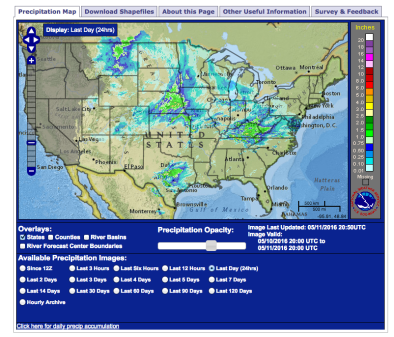Science Source
Global Warming–Induced Changes in El Niño Teleconnections over the North Pacific and North America
- Uses atmospheric general circulation model simulations to investigate how ENSO-induced teleconnection patterns during boreal winter might change in response to global warming in the Pacific–North American sector
- Prescribes the same sea surface temperature (SST) pattern of ENSO before and after the climate warming for simplicity
- Finds that in a warmer climate, precipitation anomalies intensify and move eastward over the equatorial Pacific during El Niño because the enhanced mean SST warming reduces the barrier to deep convection in the eastern basin
- Finds that the ENSO-forced Pacific–North American (PNA) teleconnection pattern moves eastward and intensifies under the climate warming, which is associated with the eastward shift of tropical convective anomalies
- Finds the PNA mode of atmospheric internal variability remains largely unchanged in pattern, suggesting the importance of tropical convection in shifting atmospheric teleconnections
- Expects that, as the ENSO-induced PNA pattern shifts eastward, rainfall anomalies will intensify on the west coast of North America, and the El Niño–induced surface warming will expand eastward and occupy all of northern North America
- Results suggest that the eastward-shifted PNA pattern is a robust change to be expected in the future, independent of the uncertainty in changes of ENSO itse
Related Content
Real Time Data

Feb 25, 2016 | National Weather Service
US Precipitation Map
Science Source
| Climate Central
Unnatural Coastal Floods: Sea level rise and the human fingerprint on U.S. floods since 1950
Benjamin H. Strauss, Robert E. Kopp, William V. Sweet et al
Headline

Feb 17, 2016 | Ars Technica
Recent St Louis flooding made worse by human changes to landscape
Headline

Feb 8, 2016 | Marketplace
Record floods in Missouri spur debate over levees


